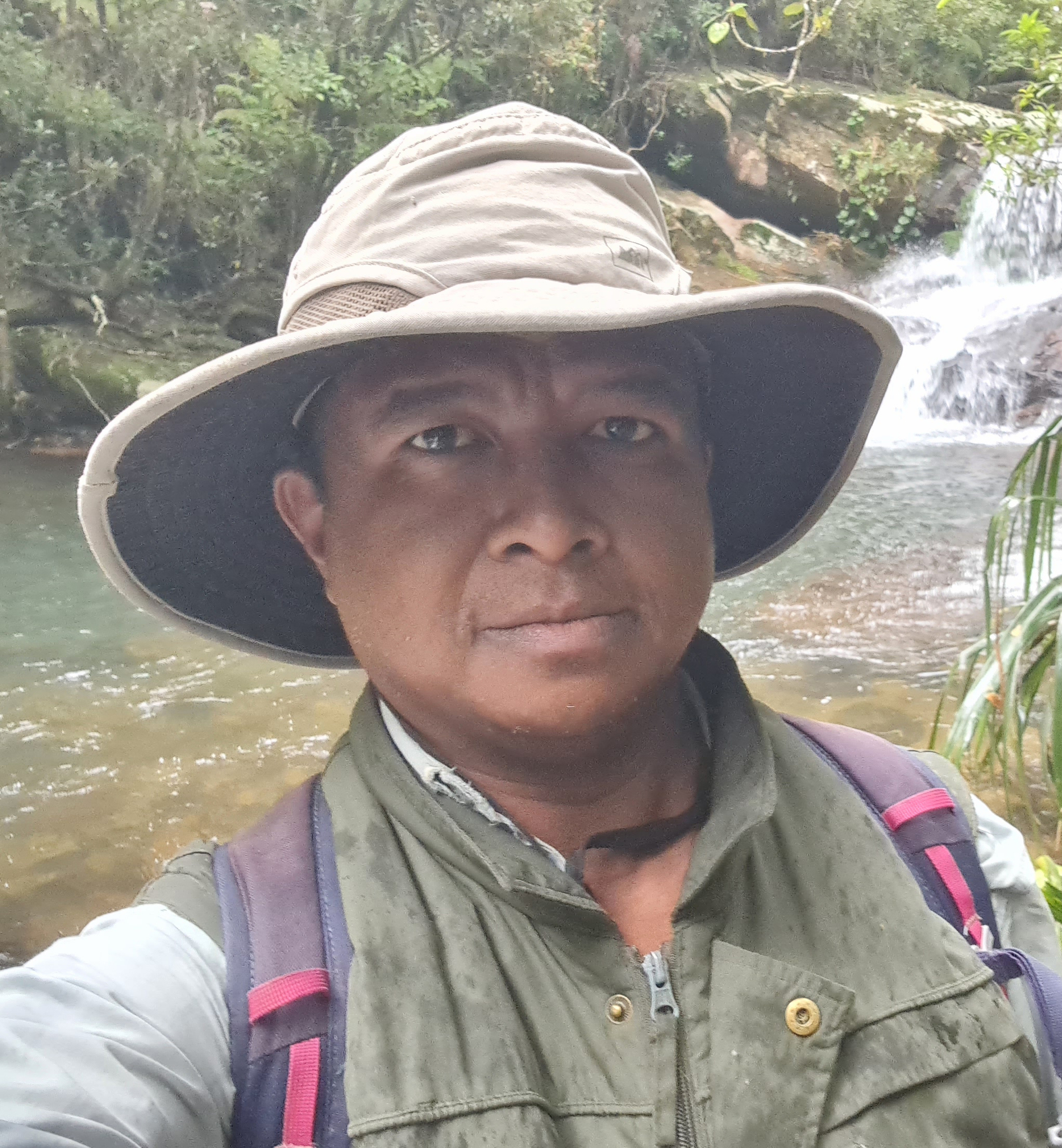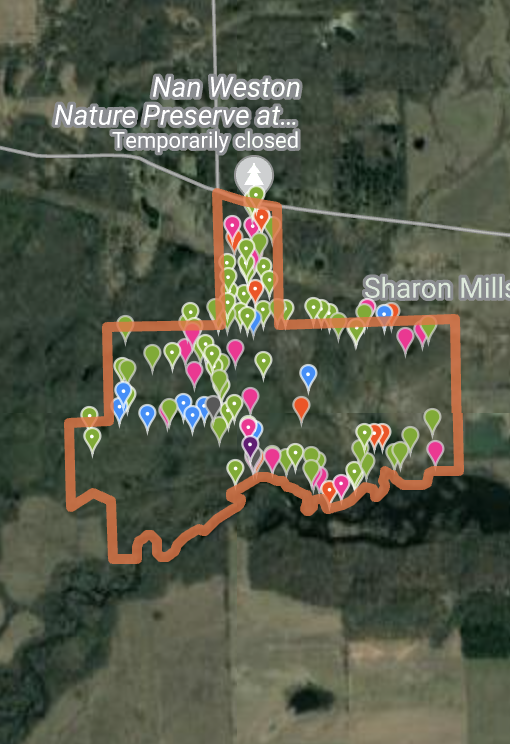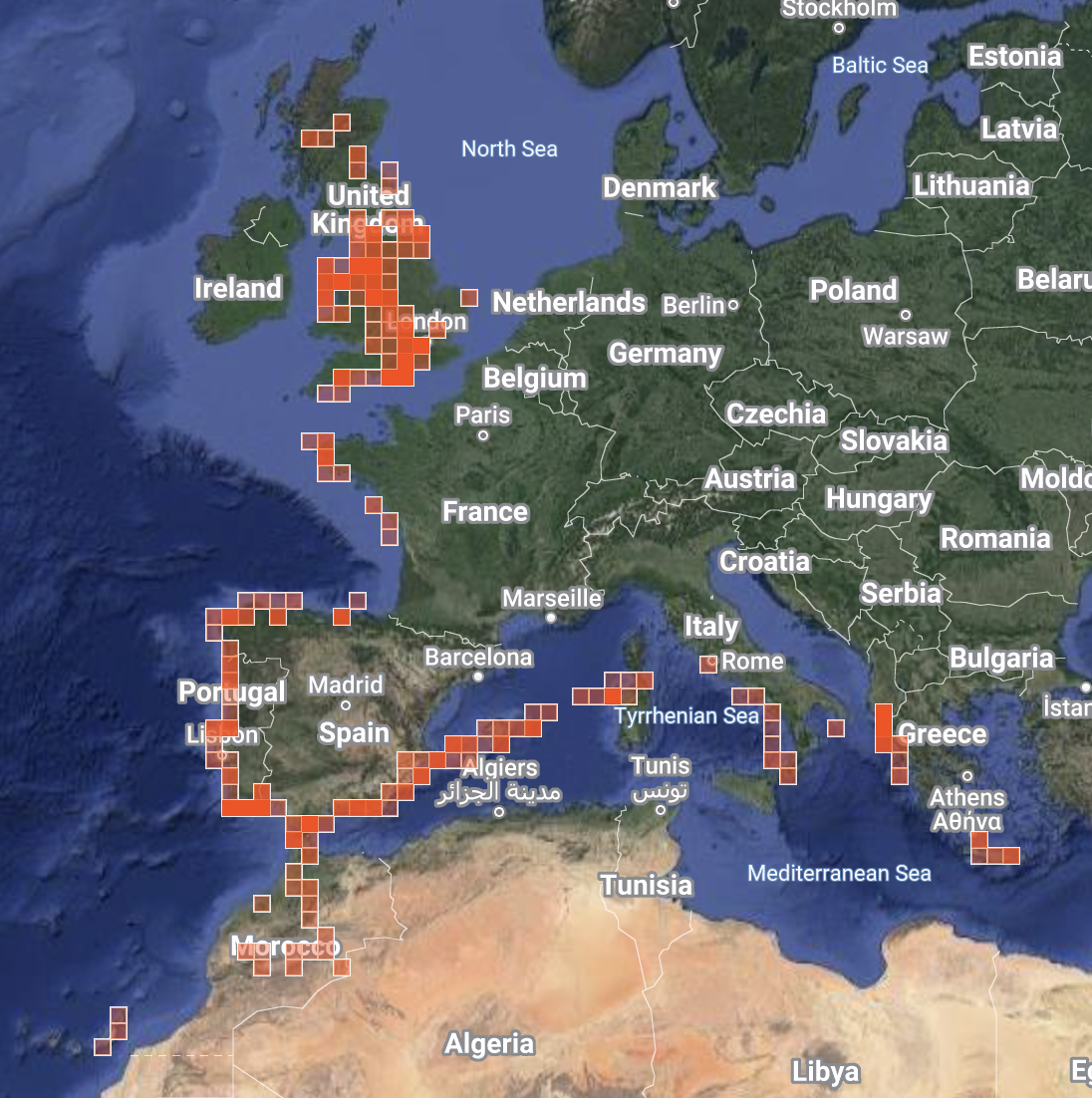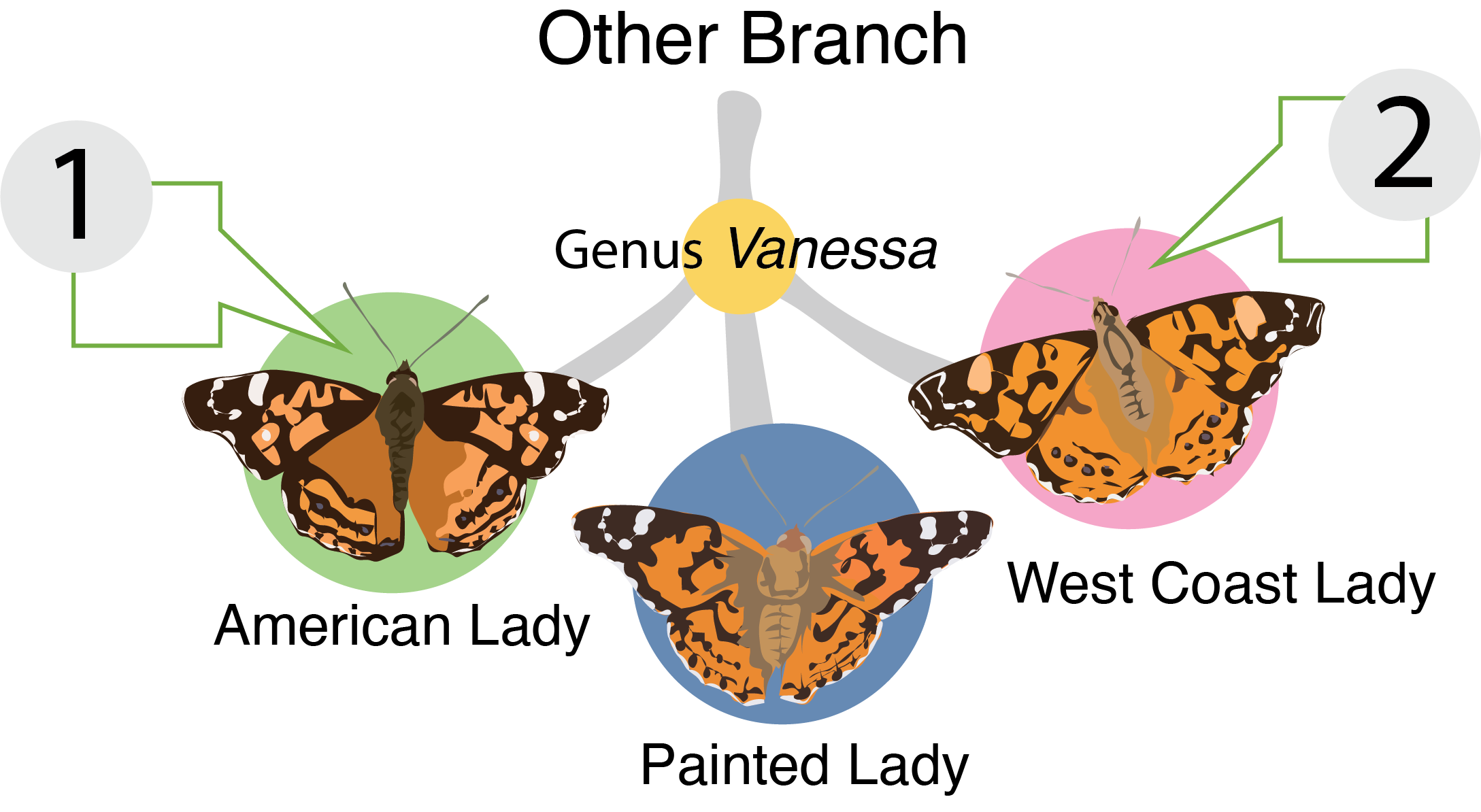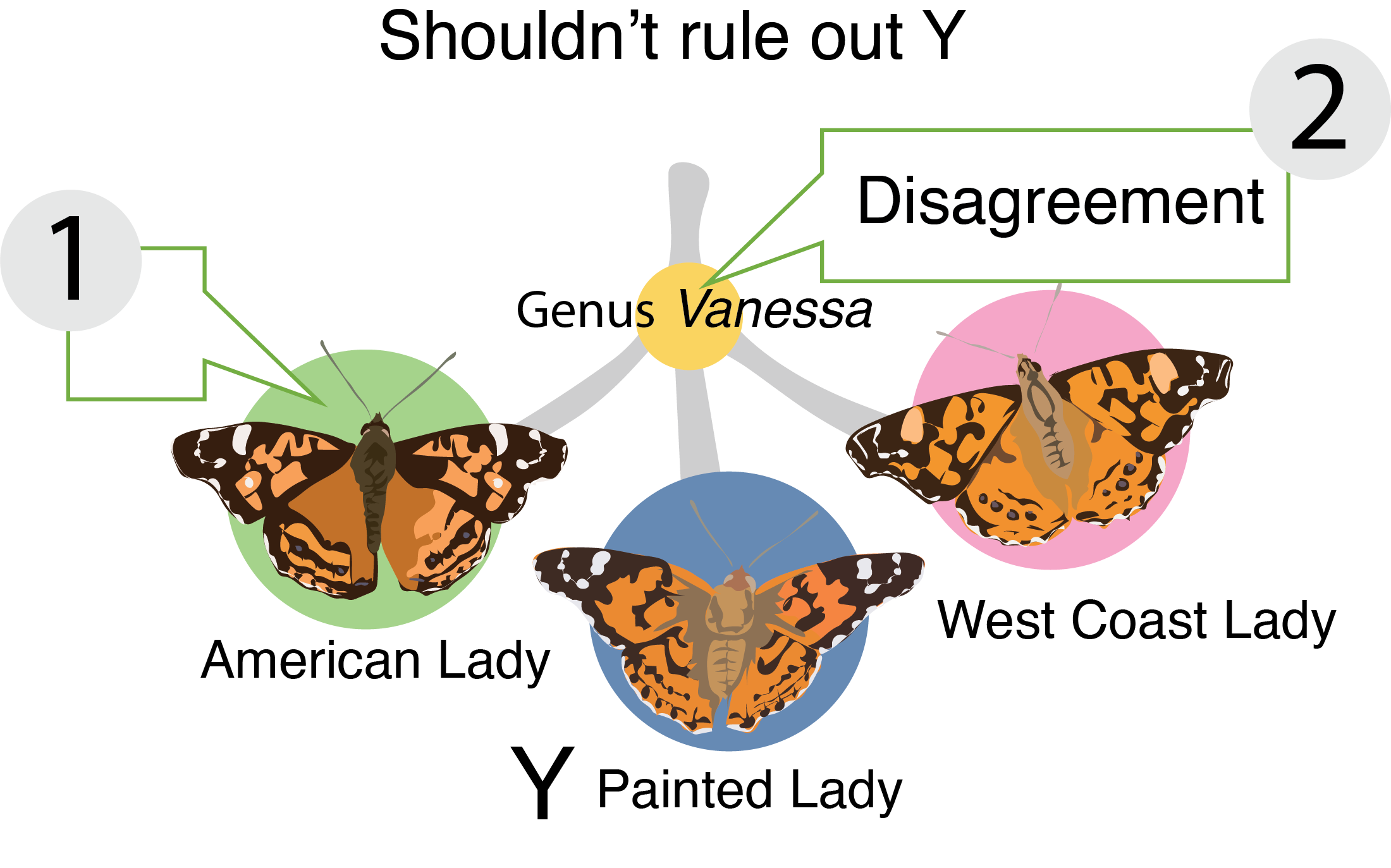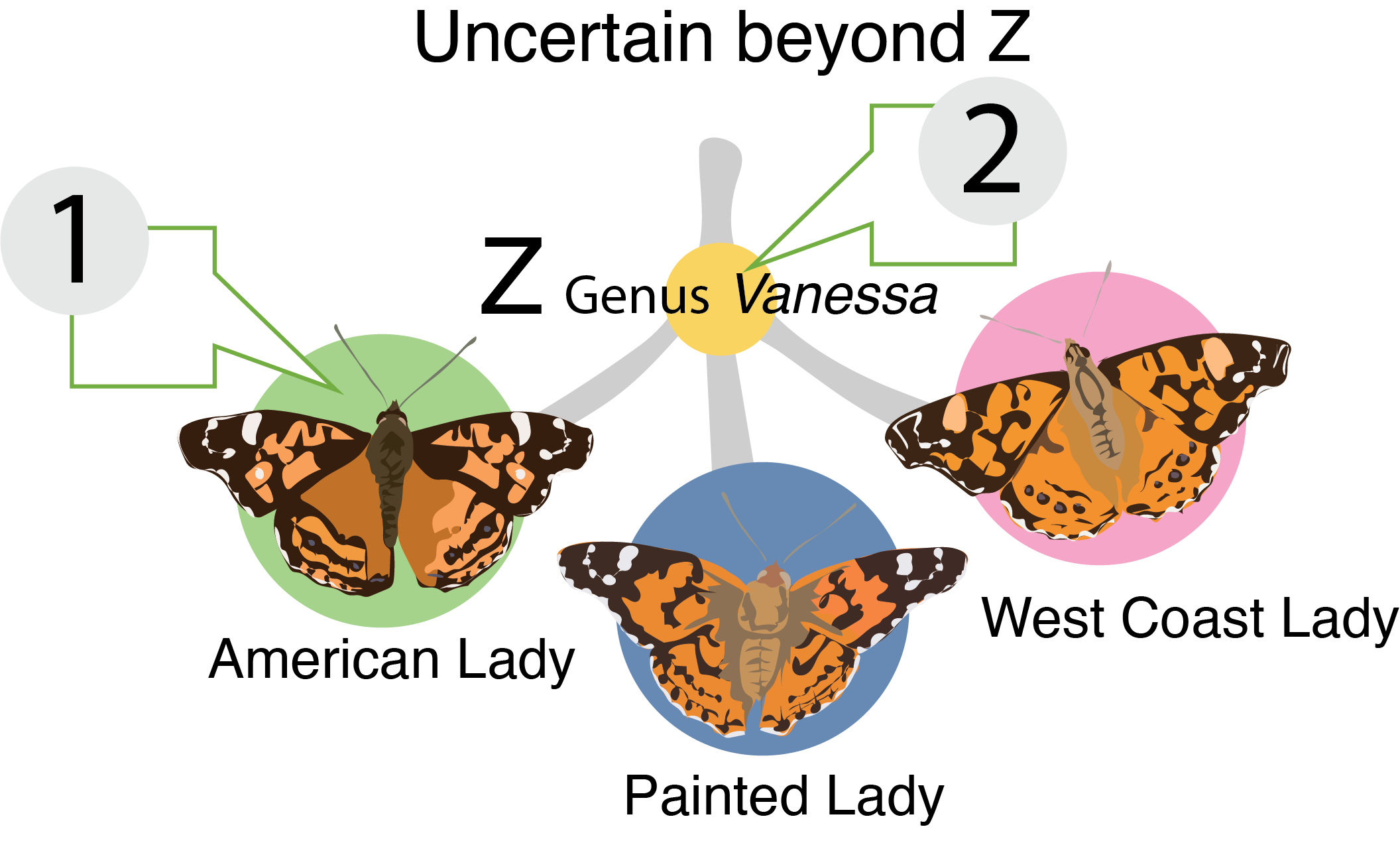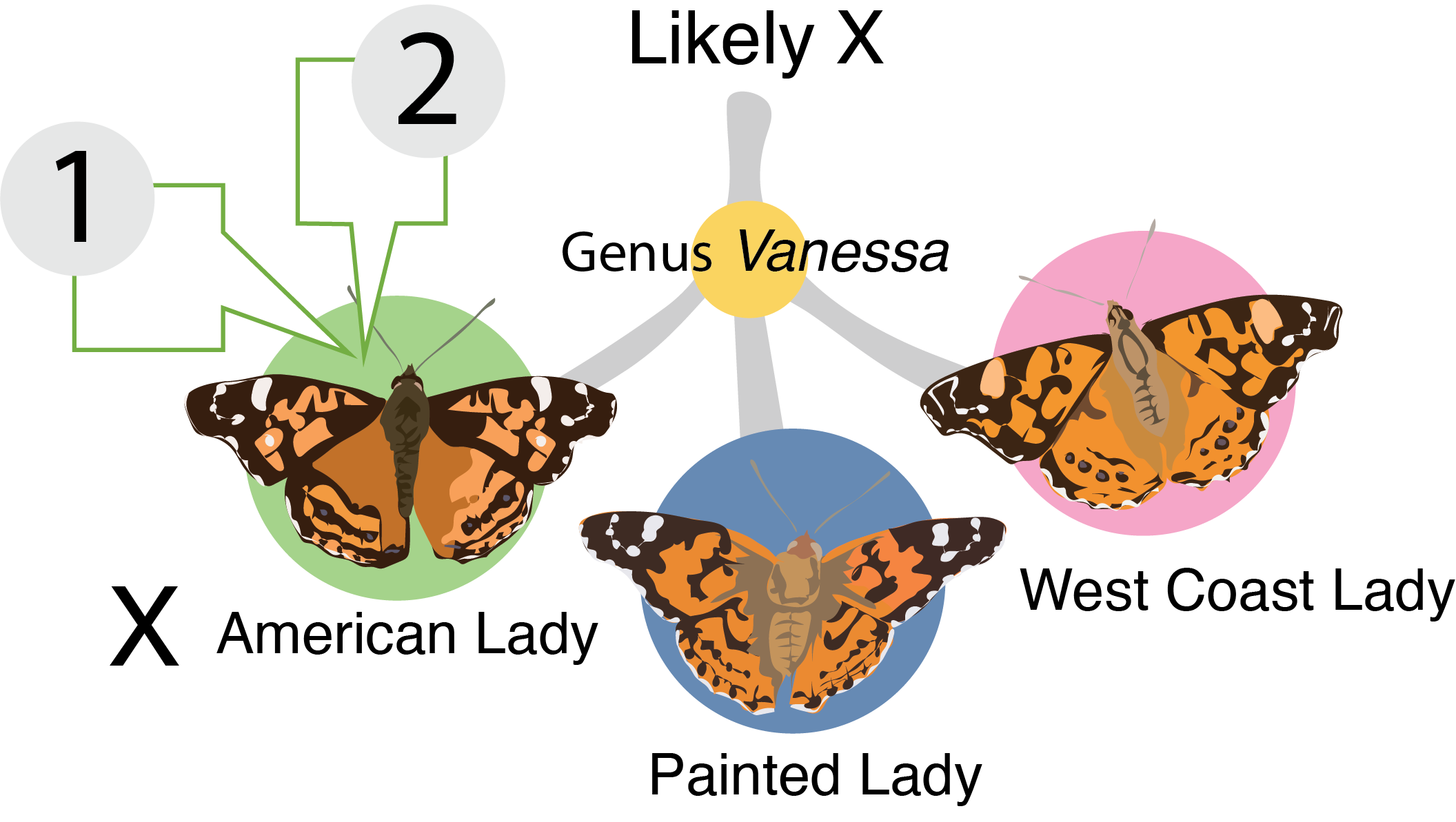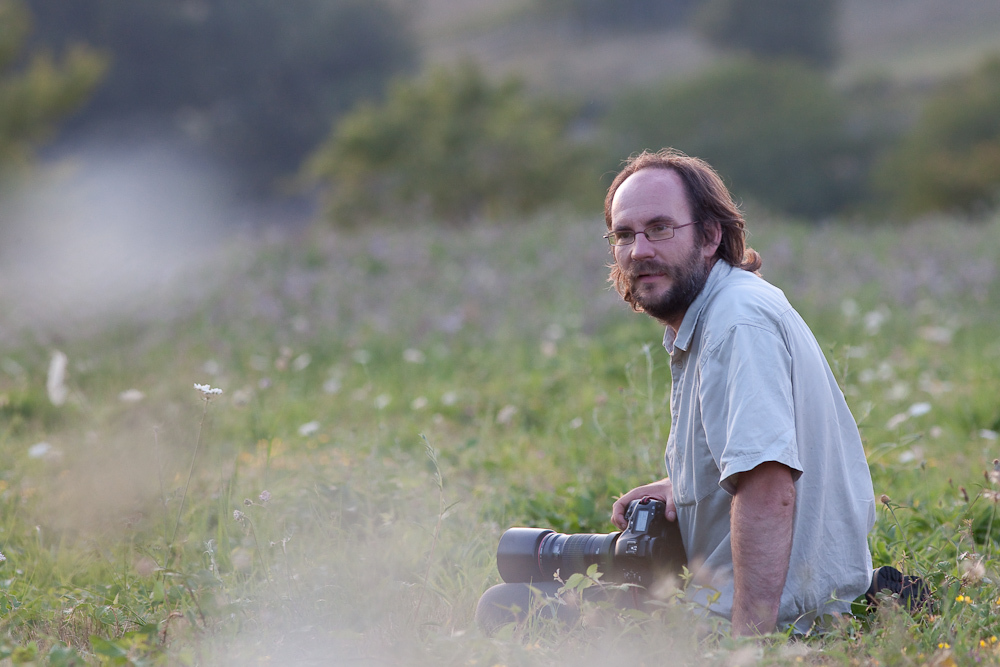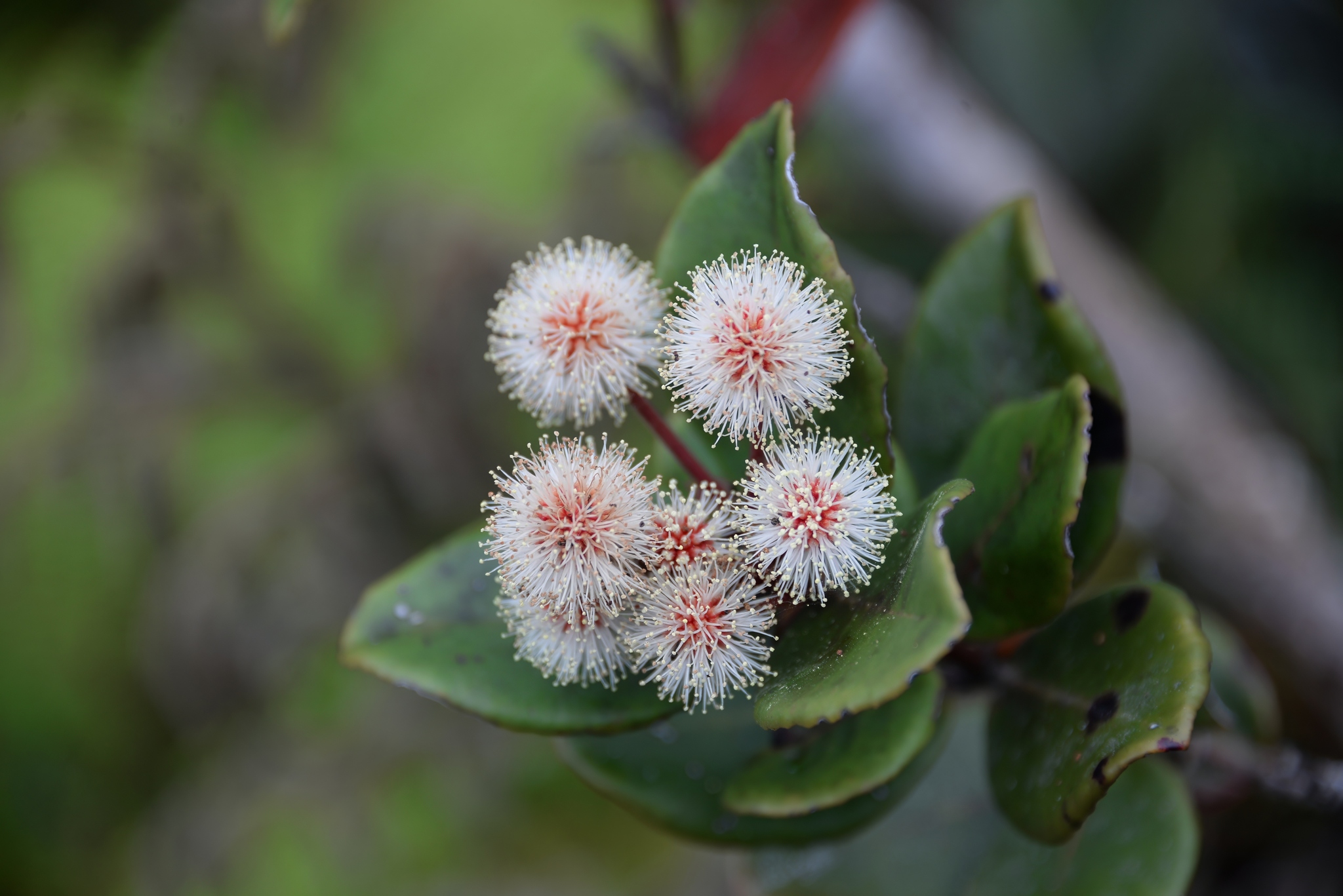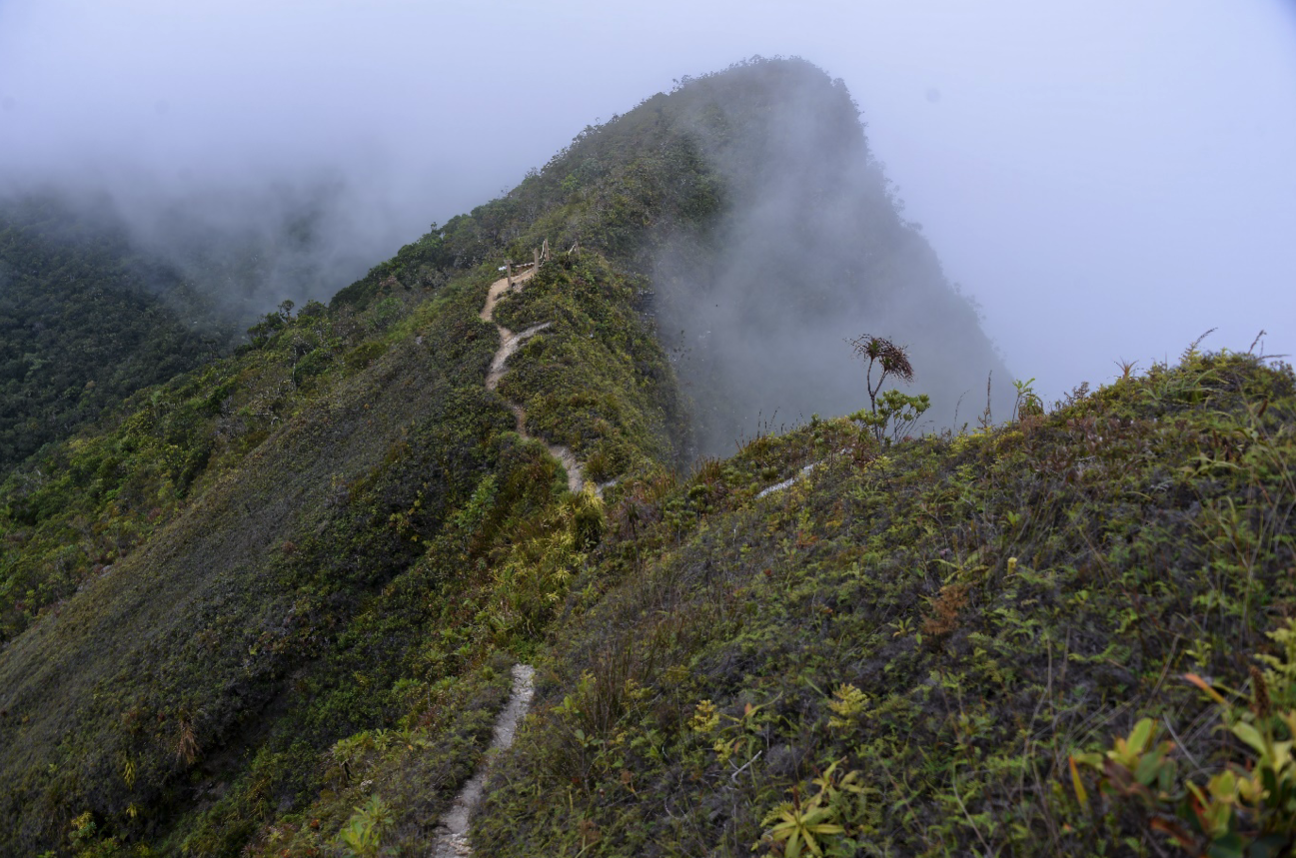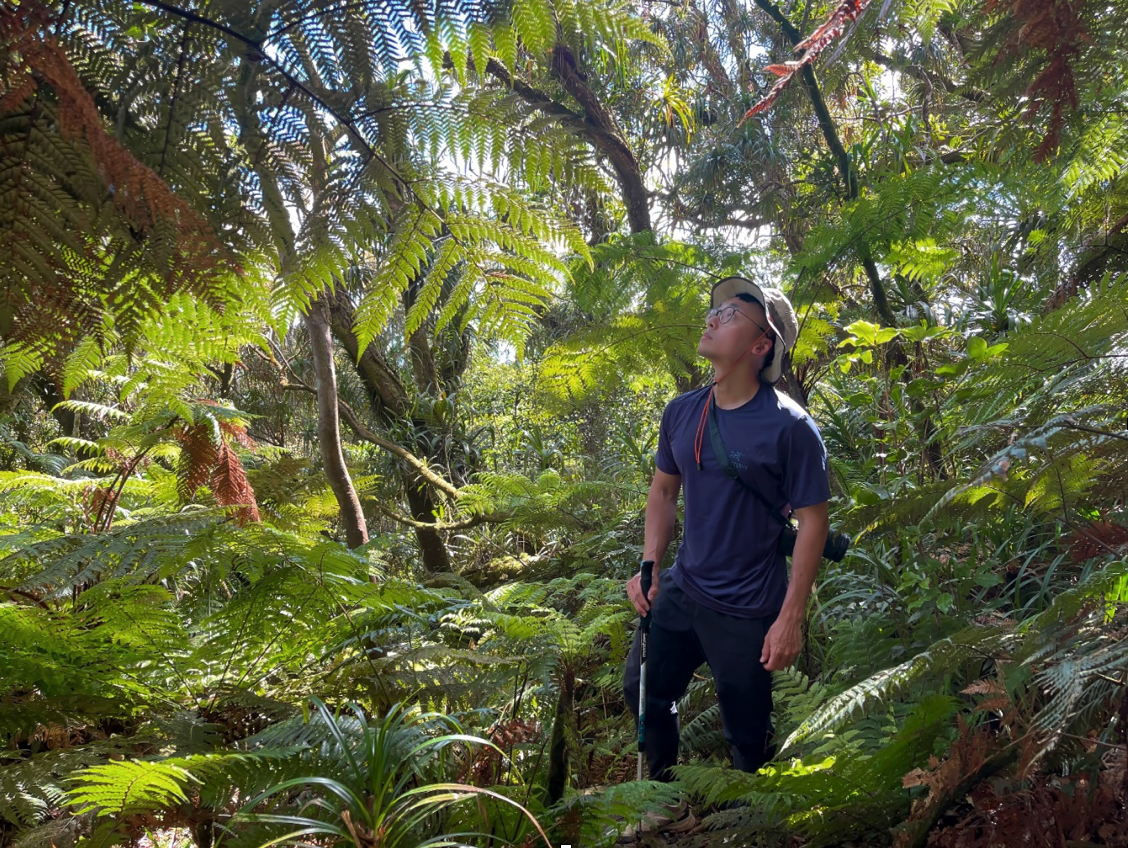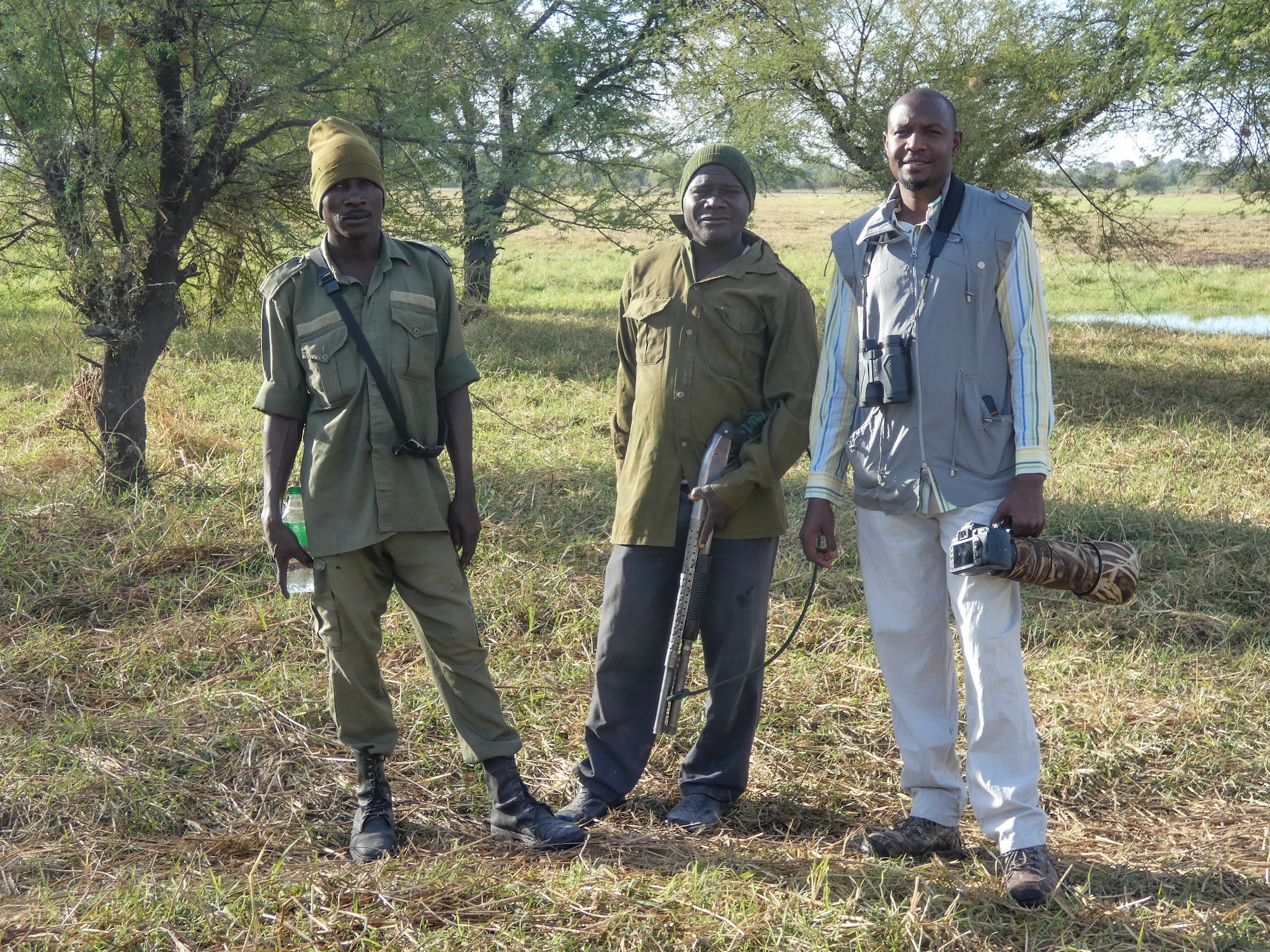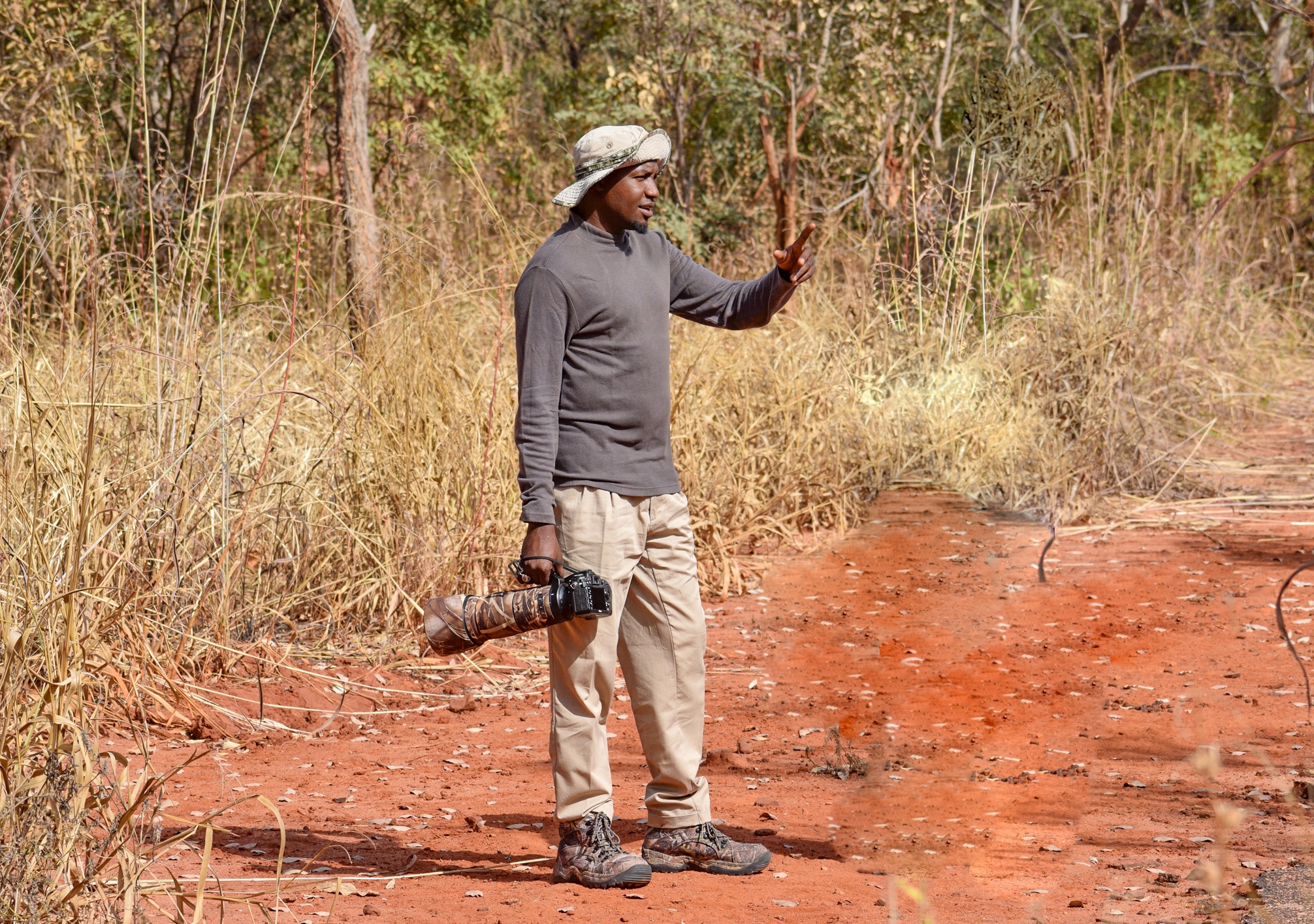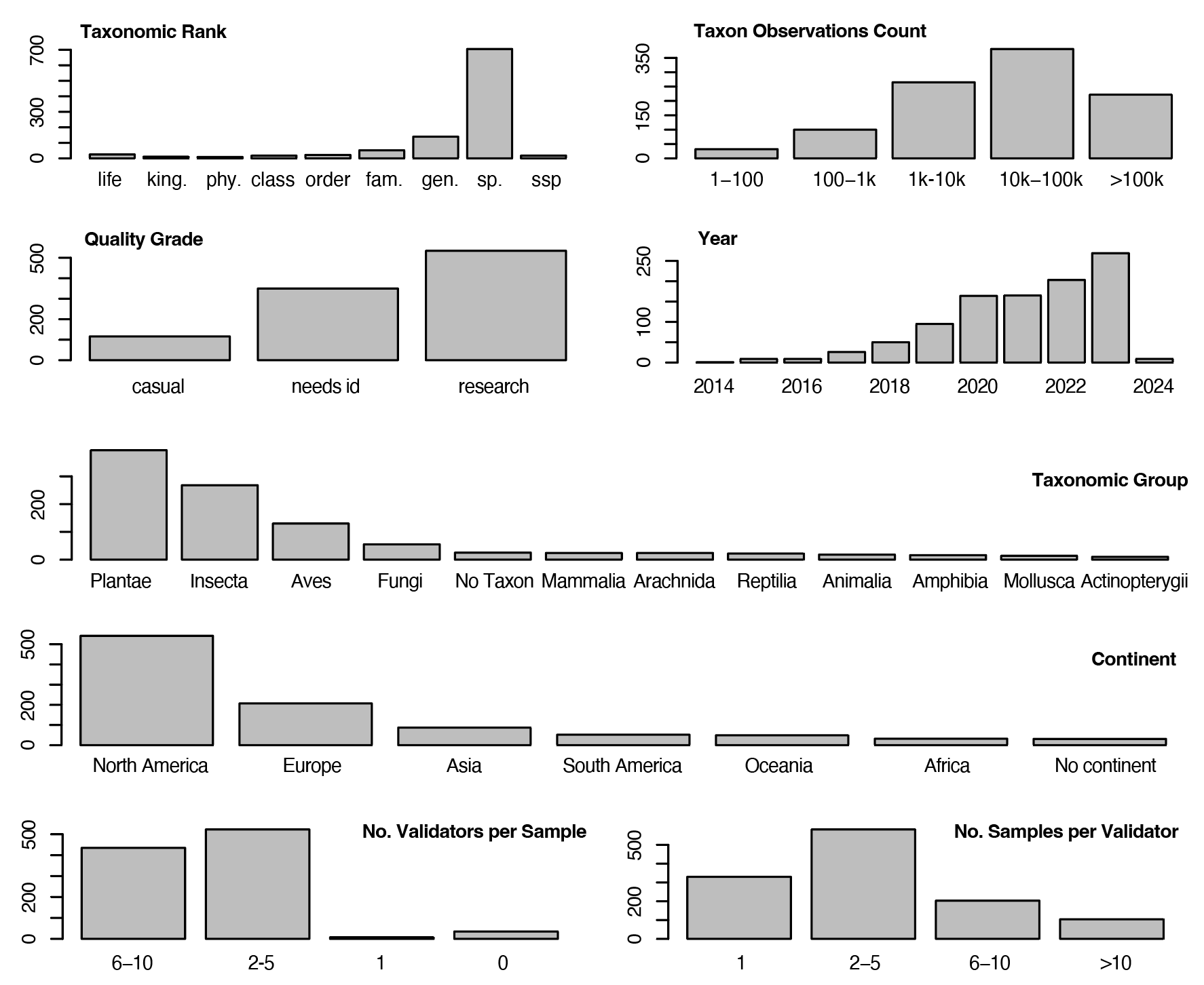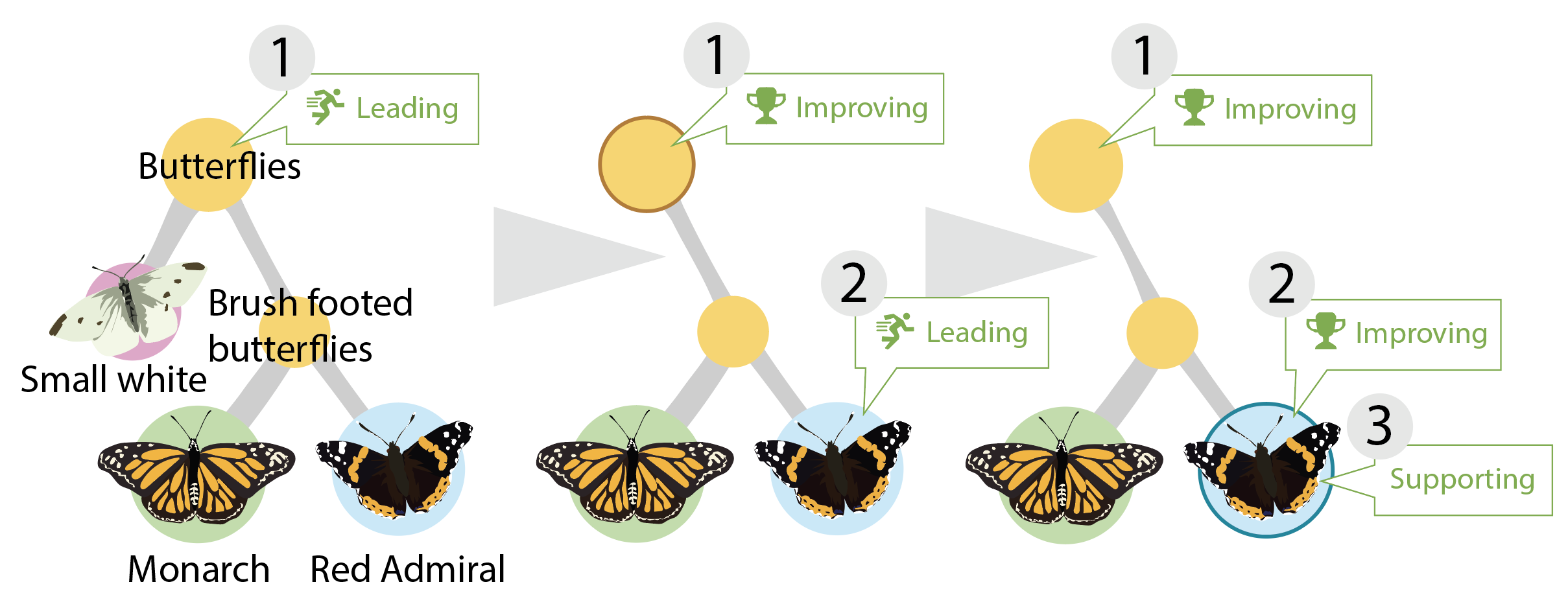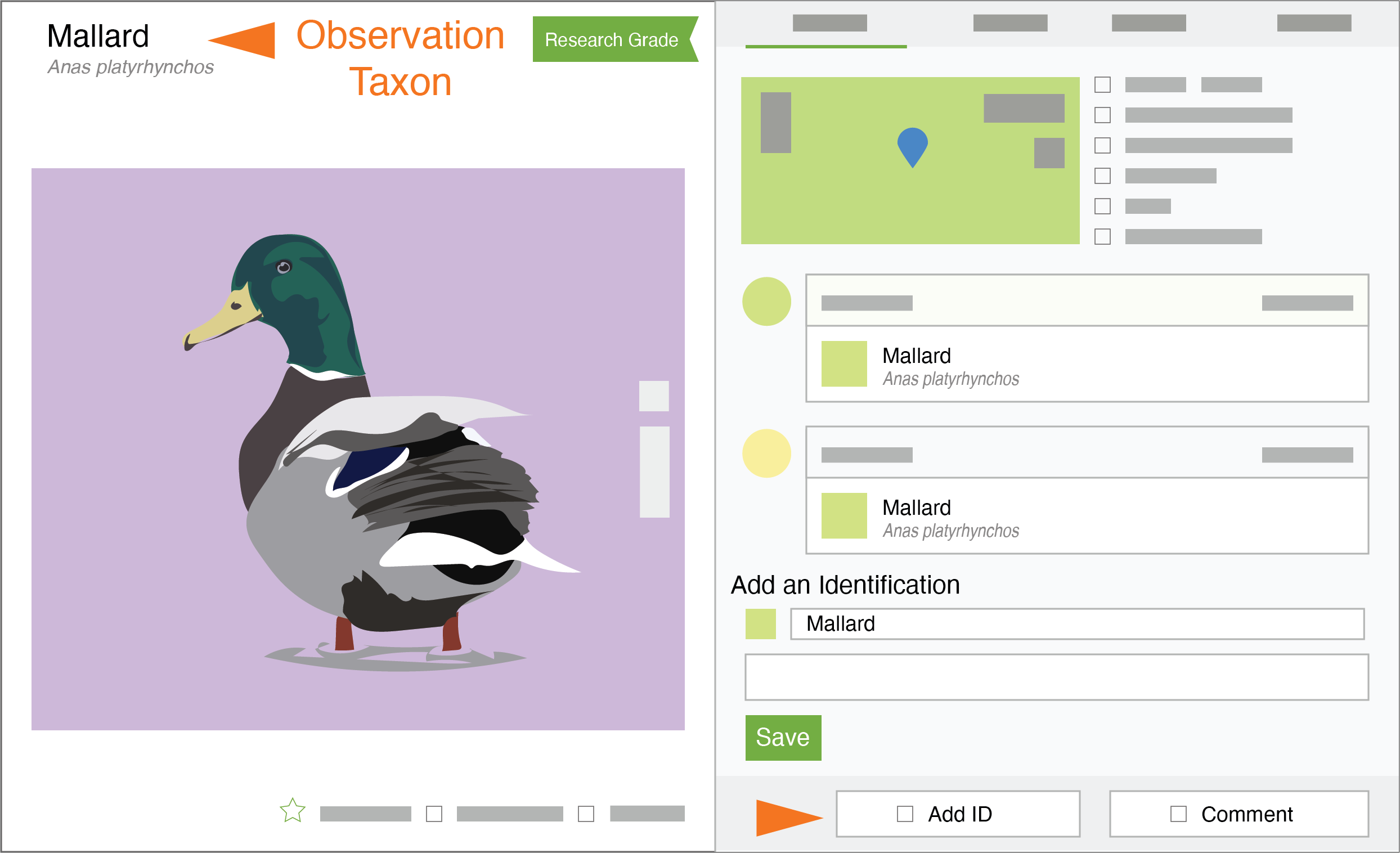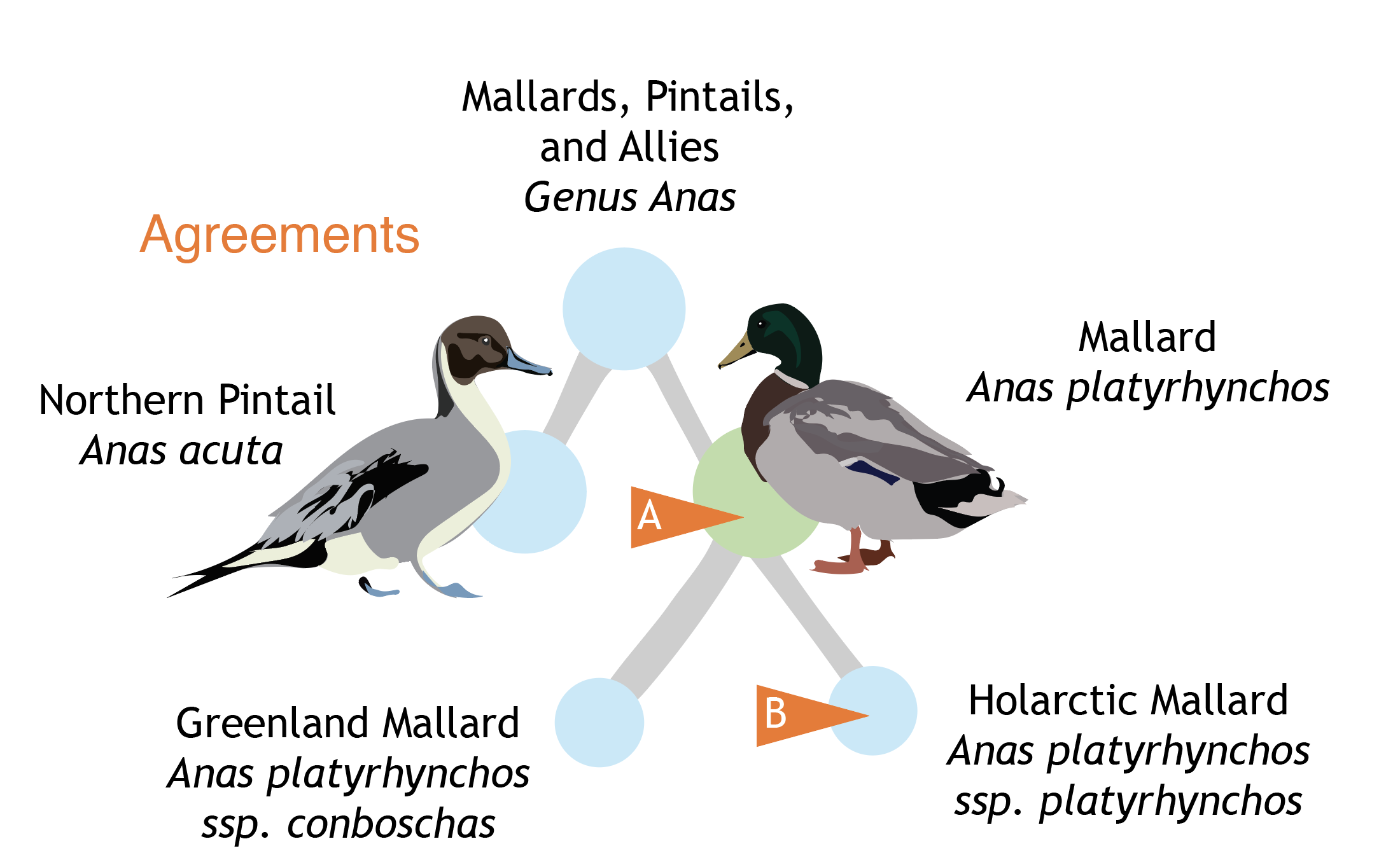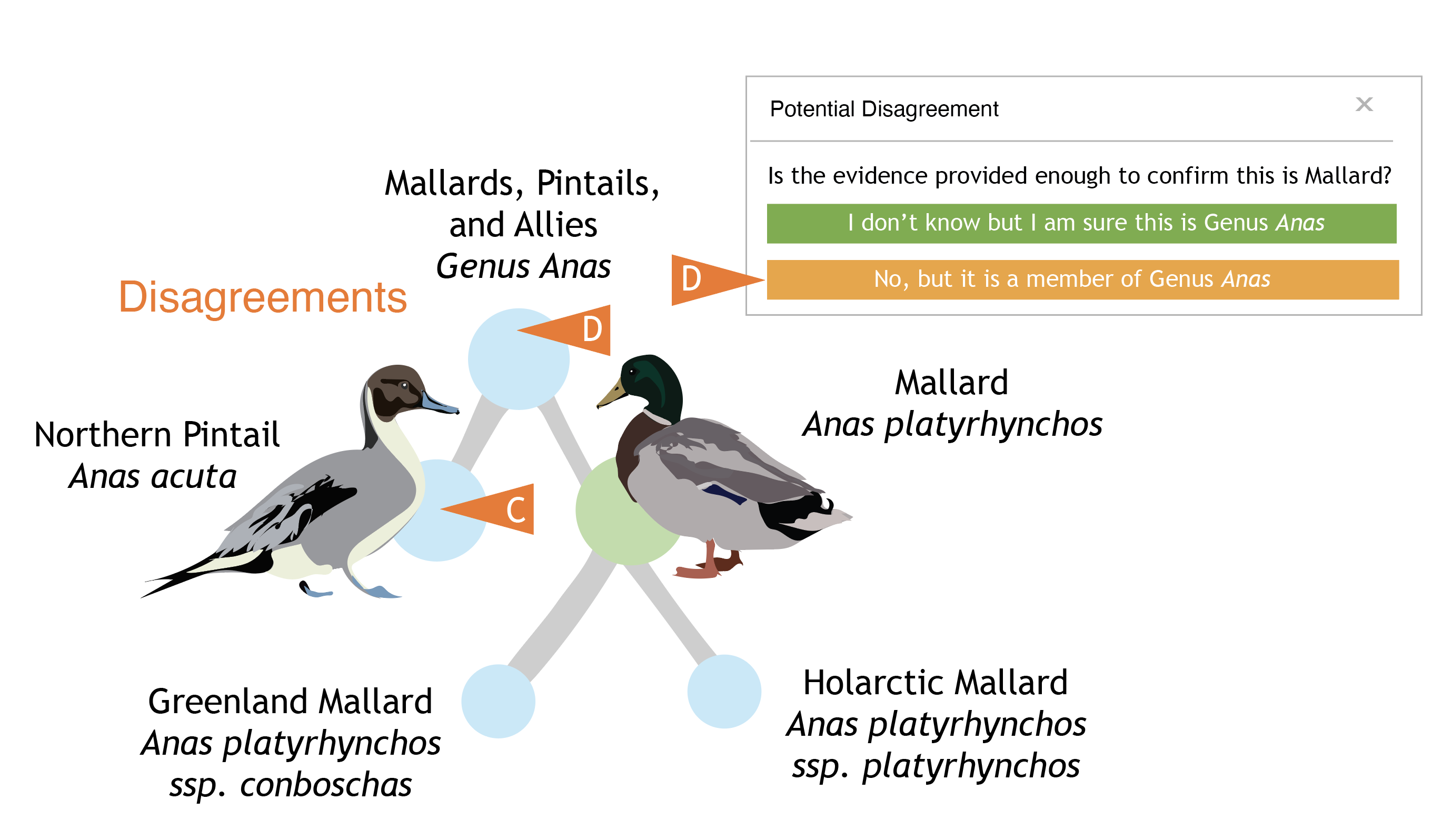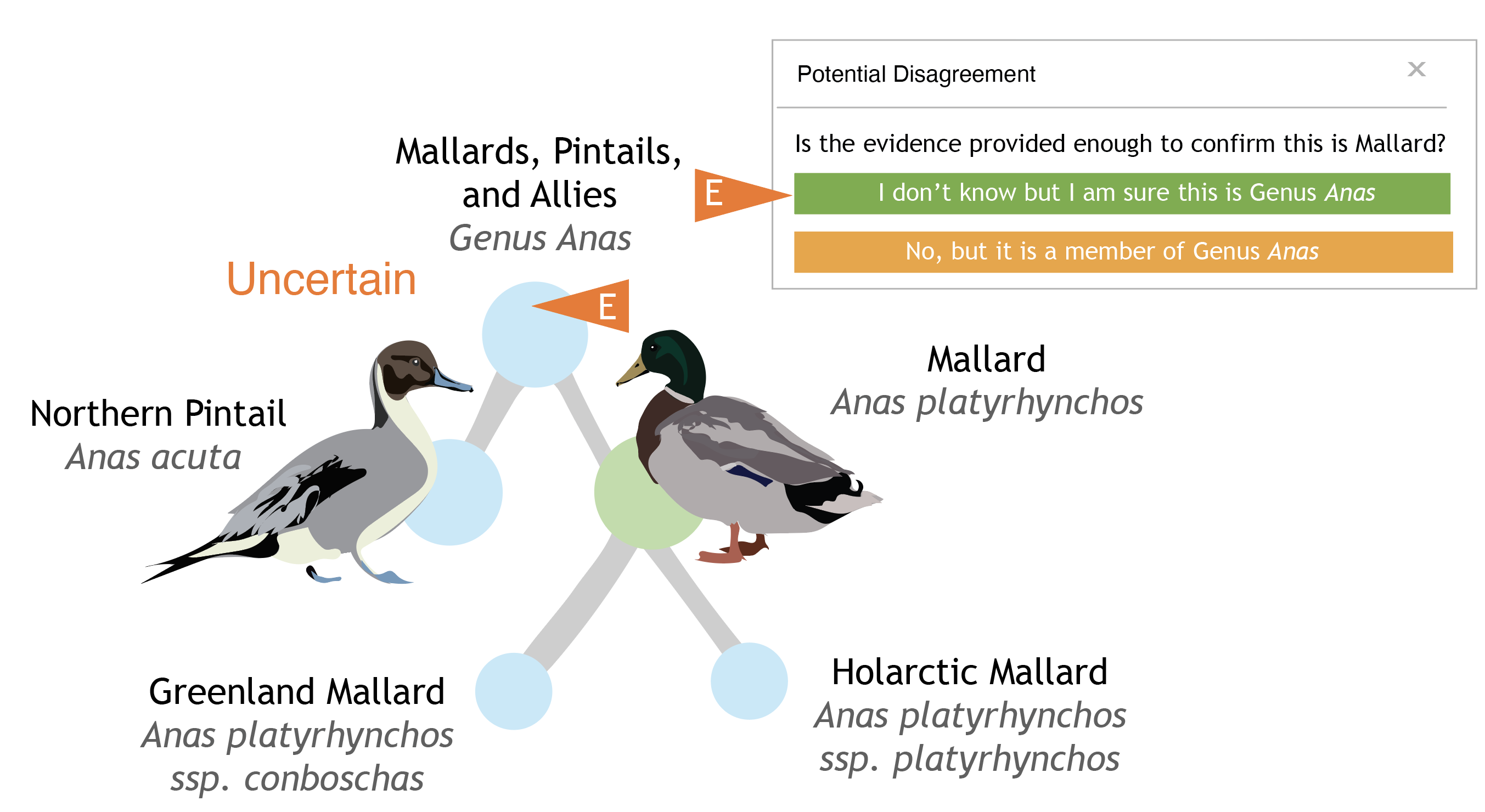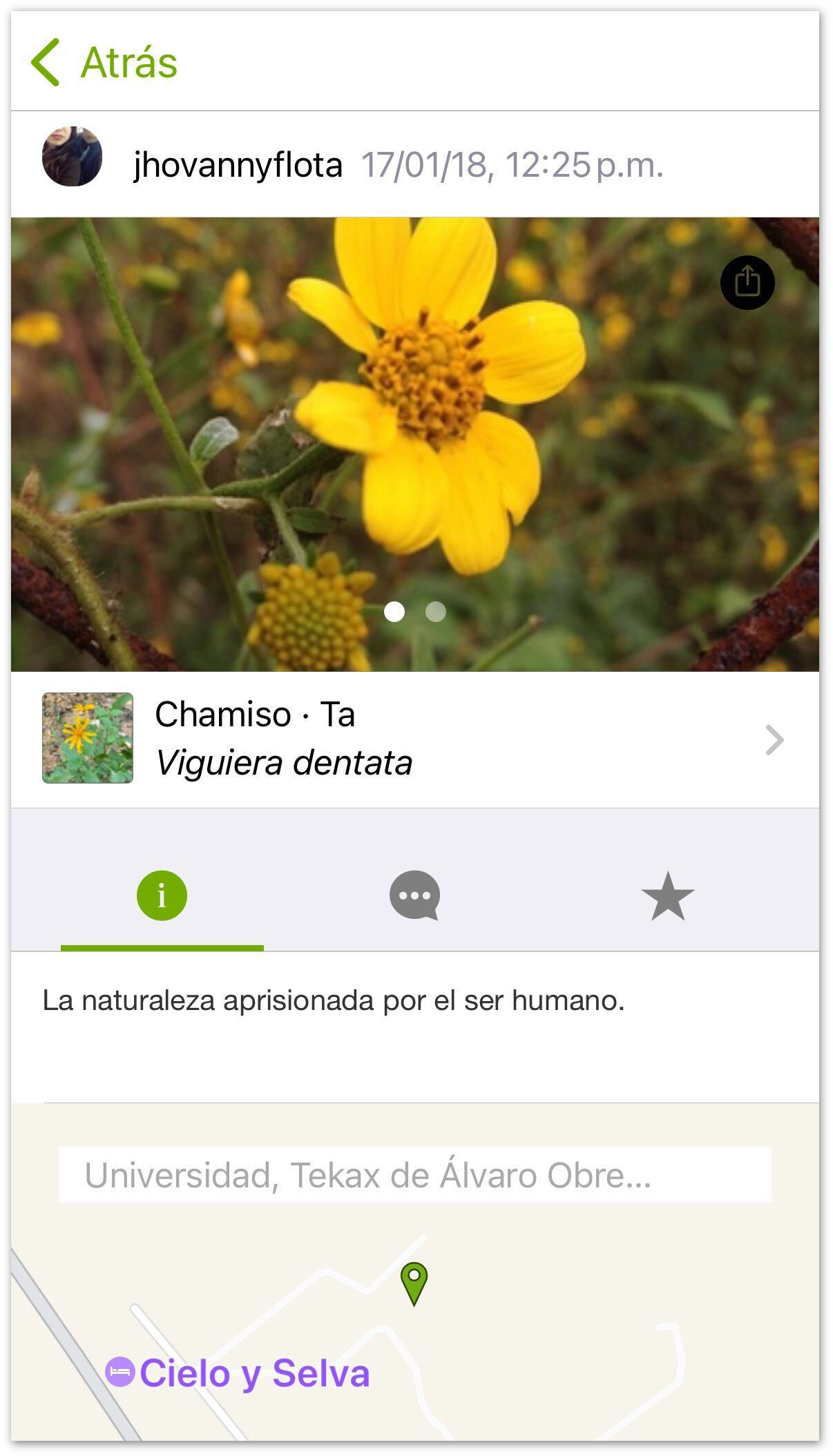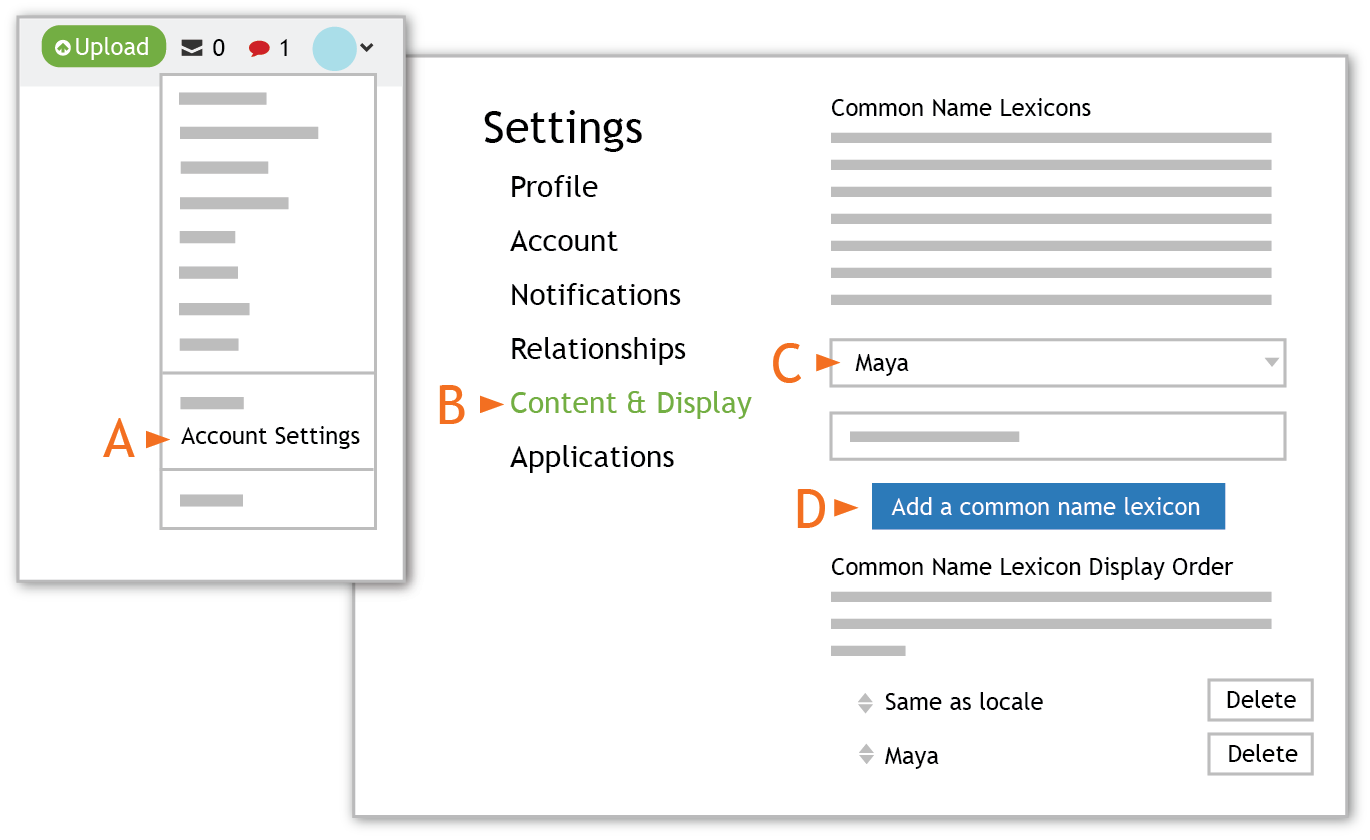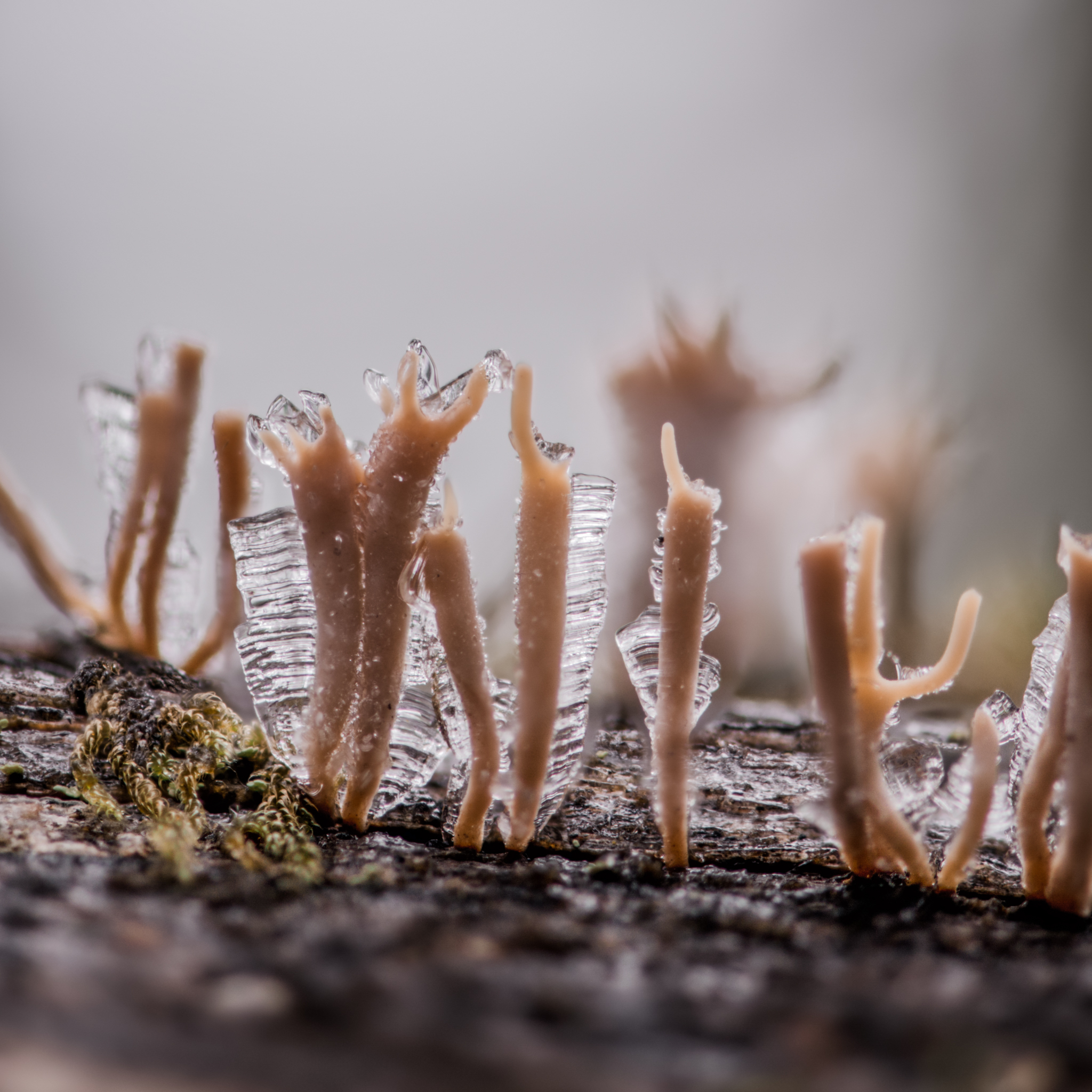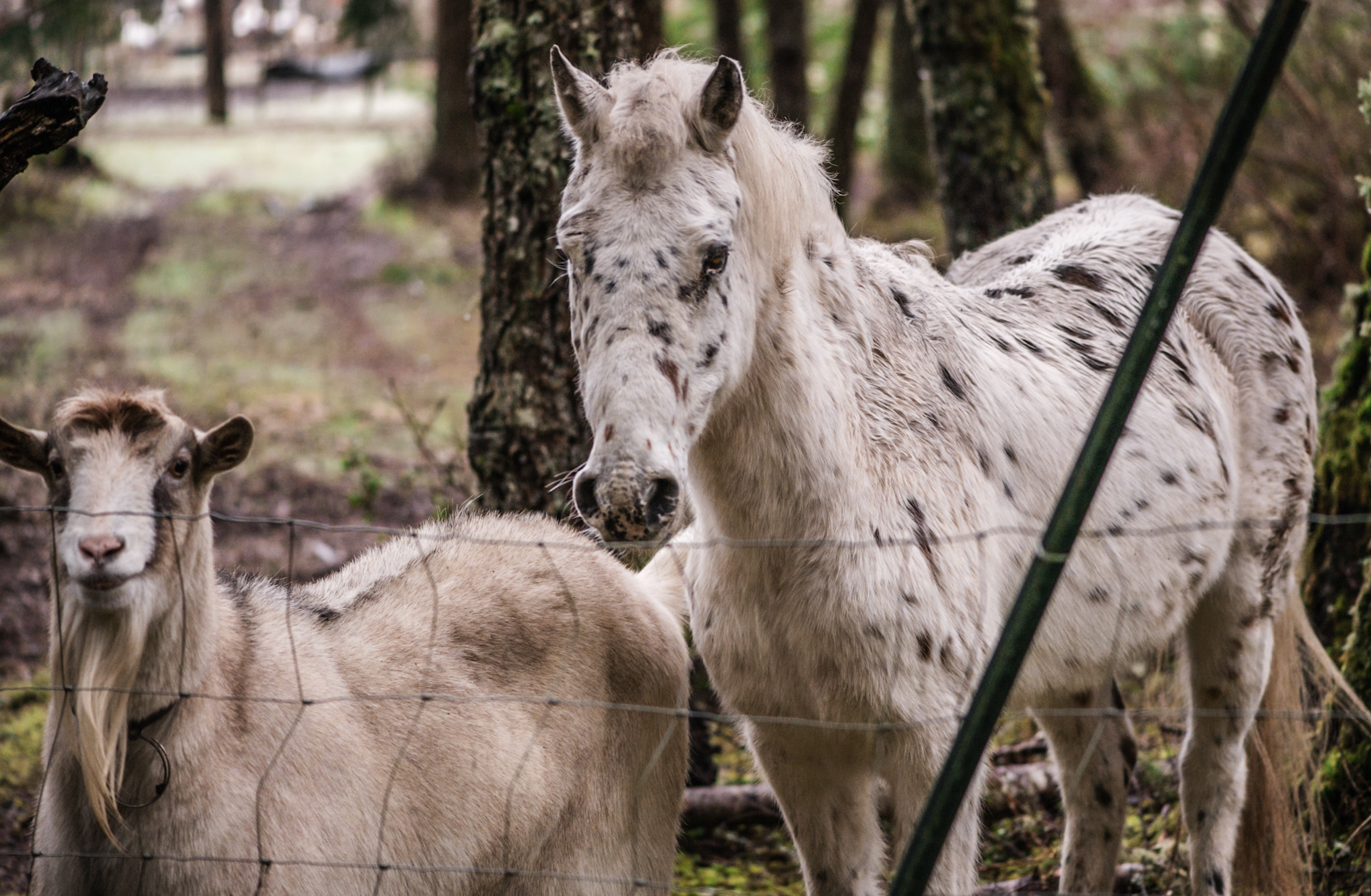Canary Island Woodlice! - Observation of the Week, 2/6/24

Our Observation of the Week is the first Porcellio ombrionis posted to iNaturalist, seen in Spain by @amaneko!
Amanhuy Duque and Andrea Castro (who have the @amaneko account) are both biologists from the Canary Islands, and they specialize in terrestrial biodiversity and conservation. Amanhuy, who is quoted in this piece, tells me that he’s been fascinated by animals for as long as he can remember.
My parents always took me for walks in nature and this helped raise awareness about its conservation and the importance of knowing how to look. From that early age it was clear to me that I wanted to be a biologist when I grew up, and that’s what I ended up doing.
In Andrea's case, she always had an interest in nature and biology, but her true passion, birds, was discovered during her studies. She learned to mix it with her passion for drawing to make some incredible illustrations.
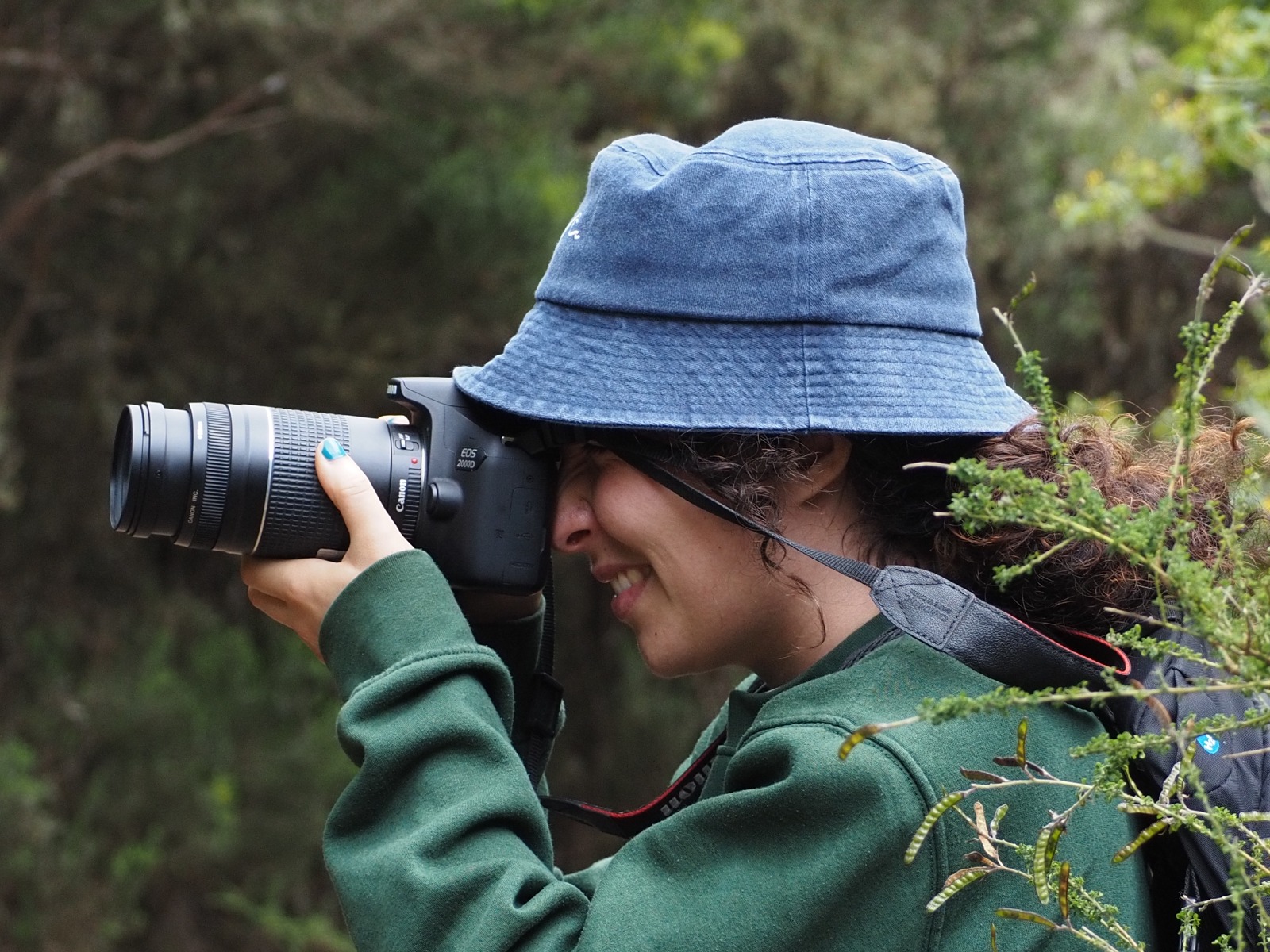
Last month, Amanhuy visited the island of El Hierro with his family.
I had cut myself on a piece of glass on my foot a few days before, so while they were finishing the walk I took the opportunity to search the area some interesting species to photograph.
One of the species that caught my attention the most that I found on this walk was this Porcellio woodlouse that showed striking ornamentation. I took several photos trying to show the important characteristics for later determination and the rest was the work of the small group of researchers and isopod specialists who discussed the ID of this observation.
El Hierro is the second-smallest island in the archipelago, and it is both the one with the fewest number of observations on iNaturalist and one of the least studied at a scientific level. Just in two small trips to the island, including this one, a dozen new records have emerged (which will have to be verified in most cases with the collection of some individuals).
I reached out to one of those identifiers, @pepe_rando, about his identification and this observation. Pepe tells me there are twenty-three known species of Porcellio in the Canary Islands, most of which are endemic.
Porcellio ombrionis is only present (at least so far) in El Hierro and La Gomera. It was first described by Albert Vandel in 1954. It is characterized (to the naked eye) mainly by its granulations, which are distributed all over the body, and are quite developed. And by its head lobes (the three "horns" the animal has on the head), specially the central one, which in this species is quite developed and curved upwards. This last characteristic is what made me rethink my ID of the observation. I had originally thought that it was Porcellio studienstiftius, which is an extremely similar species, but smaller, and with a central lobe that is not as developed, but when I took a second look at the second picture, it is fairly clear that this specimen's central lobe is way too developed for it to be Porcellio studienstiftius. In general, both species are characteristic enough to automatically rule out any other species from the islands, so it had to be one of those two.
Oniscideans are an often overlooked group. Maybe this observation is only relevant to a few of us who are addicted to looking at pictures of these creatures for hours trying to figure out exactly what species exactly they are, but I like to think it will be useful for anyone who wants to look for the species in the future, be it to study it, or just for pure pleasure (as is the case with me), and can now do so through these pictures. This observation is (most likely) the first picture ever taken of this species. Maybe seeing pictures of these unique species, rather than some drawings from seventy-five years ago, will spark interest in protecting them, seeing as arthropods are usually underrepresented when it comes to conservation efforts. Many of the Oniscidea species from the Canary Islands still have no pictures that can be found online, but just recently, thanks to iNaturalist, we now have pictures for 8 species (1 Ctenorillo and 7 Porcellio).

Amanhuy and Andrea joined iNaturalist just over two years ago.
We discovered iNaturalist a bit by chance, when finishing our master’s degrees. We started by identifying some photos that Andrea had taken over the years and soon I was hooked and ended up buying a camera so I could take photos too. iNaturalist has managed to increase the love we have for nature and, especially in my case, it has made it our obsession to search, investigate and photograph the different species we have on our islands.
We owe much of the knowledge about the species we have in our territory, especially arthropods, to iNaturalist and the wonderful people who participate in this platform. I have spent hours reading scientific articles and interpreting keys just to try to identify some of the species we have photographed. We are generalists in terms of the species we photograph, although we have more interest in fauna than flora. Andrea has a special interest in birds, while I have found small life both in the sea and on land fascinating, with a special weakness for nudibranchs and the fly families Asilidae and Tephritidae, as well as lace bugs.
(Some quotes have been lightly edited for clarity. Photo of Andrea is above, Amanhuy below.)
- some iNat users are part of the American Isopod and Myriapod Group (AIMG), which has some excellent tips for photographing isopods for identification! Check out their project.
- take a look at the First Known Photographs of Living Specimens project on iNaturalist!




